Explore the Best AI Image Gallery
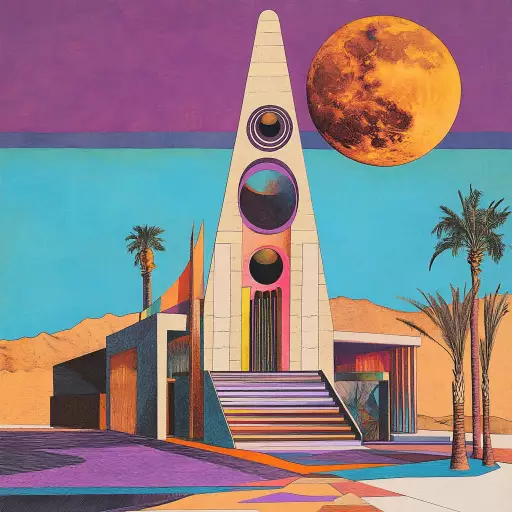
Where Imagination Meets Innovation: AIs Transformative Impact on Graphic Design
The realm of graphic design is undergoing a profound metamorphosis, driven by the rapid advancements in artificial intelligence (AI). This transformative technology is no longer confined to science fiction; its actively reshaping how designers conceptualize, create, and deliver visual content. From generating stunning visuals to streamlining workflows, AI is poised to revolutionize the creative industry, offering both exciting opportunities and complex ethical considerations.
The Rise of AI-Powered Design Tools
A plethora of AI-powered design tools are emerging, empowering designers with unprecedented capabilities. These tools leverage machine learning algorithms to analyze vast datasets of images, patterns, and design principles. This allows them to:
- Generate original designs: Imagine feeding an AI tool your brand guidelines and desired aesthetic, and having it generate multiple unique logo concepts, website layouts, or marketing collateral.
- Personalize designs at scale: AI can analyze user data to create customized designs that resonate with individual preferences, enhancing engagement and impact.
- Automate repetitive tasks: AI can handle tedious design chores such as resizing images, creating variations of a design, or generating basic layouts, freeing up designers for more creative pursuits.
Applications Across the Design Spectrum
The impact of AI extends across various facets of graphic design:
- Logo Design: AI can assist in crafting memorable and distinctive logos that capture brand essence.
- Web Design: AI can generate website layouts, suggest color palettes, and optimize designs for user experience.
- Branding & Marketing Materials: From social media graphics to brochures, AI can help create visually compelling marketing assets that align with brand identity.
- Illustration & Visual Storytelling: AI can generate unique illustrations and even assist in creating interactive visual narratives.
Navigating the Ethical Landscape
While AI offers tremendous potential, it also raises important ethical considerations:
- Copyright & Ownership: When AI generates designs, who owns the copyright? Clear guidelines are needed to address intellectual property rights.
- Bias in Algorithms: AI algorithms can inherit biases from the data they are trained on. This can result in designs that perpetuate stereotypes or discrimination. Its crucial to ensure fairness and inclusivity in AI-powered design tools.
- Job Displacement: While AI can automate certain tasks, its unlikely to fully replace human designers. The focus should be on augmenting human creativity rather than replacing it. Designers will need to adapt by specializing in areas that require critical thinking, empathy, and strategic vision.
Future Trends in AI-Driven Design
The future of graphic design is inextricably linked with AI. We can expect:
- More sophisticated AI tools: AI will become even more capable, understanding complex design concepts and generating highly customized solutions.
- Personalized Design Experiences: AI will enable designers to create truly personalized experiences for individual users, tailoring designs based on preferences, behavior, and context.
- Integration with Other Technologies**: AI will seamlessly integrate with other emerging technologies like augmented reality (AR) and virtual reality (VR), creating immersive and interactive design experiences.
Conclusion
AI is transforming graphic design in profound ways, offering designers powerful tools to enhance creativity, efficiency, and impact. By embracing AI responsibly and addressing ethical considerations, we can unlock its full potential to shape a future where imagination and innovation converge.
As designers navigate this evolving landscape, its essential to remain adaptable, embrace lifelong learning, and cultivate a deep understanding of both human creativity and the capabilities of AI. The future of design is a collaborative one, where humans and machines work together to create compelling and impactful visual experiences.
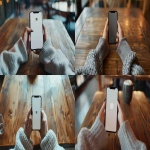
](https://images.ai-img.art/thumbnails/150/24610c8978ce6b4f1ced8639b434482871adb07e38af8b90cd535f2533bf18cc.webp)
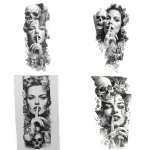
](https://images.ai-img.art/thumbnails/150/37f115f2fa75765b87e6d3e2c9f1b0a80a6a46efa8b864a05278c7fc0a0a62e7.webp)
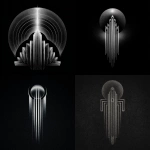


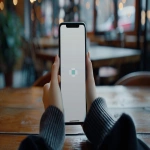

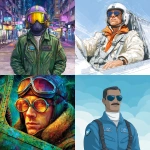
](https://images.ai-img.art/thumbnails/150/336026613fd234b8d6908fe18ecc09b2b2ecf7b8dfe294742041c9862dc499c1.webp)




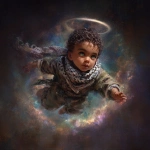
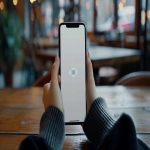
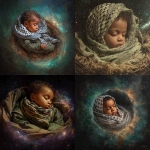





](https://images.ai-img.art/thumbnails/150/d29fcfc8037938184a641f7980e1102e24a6e82088bc465886d26ffe5bb006c7.webp)
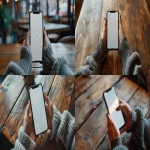
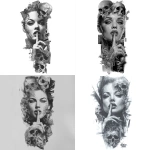



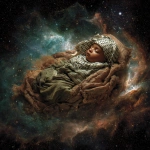



](https://images.ai-img.art/thumbnails/150/4a4f2a16da94ebadad64aeb3b0fb4e64d426431f1d651cc4929142c728fe85b7.webp)
](https://images.ai-img.art/thumbnails/150/b90a5f332cb5d8f02116934e13abd20233e0eeb2368274dbdffaa2e281e4dff5.webp)






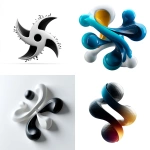

](https://images.ai-img.art/thumbnails/150/9127f72c6be19d533c26ac476f4d216cd89a6a2d7c351333489a3eff30c3ec5a.webp)

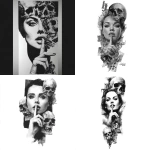


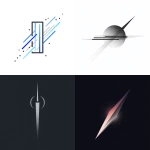
](https://images.ai-img.art/thumbnails/150/85464d88f1d4314cd042a02a6f41440fc3b4343db529794cbe8e6836fdadf409.webp)